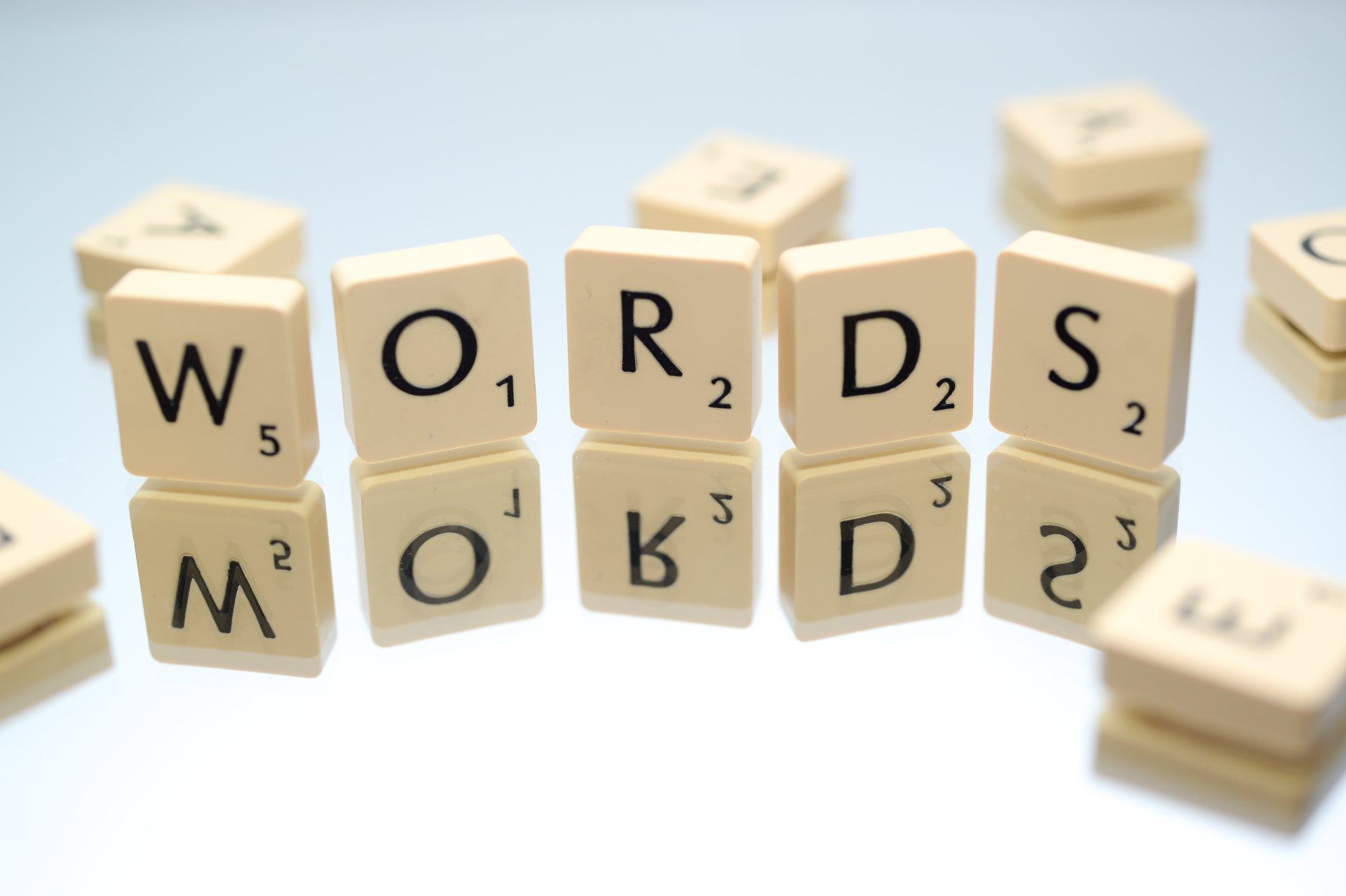Blog
Resources to Avoid the Summer Slide
We're approaching the end of another school year. Students have been working hard to accelerate their progress in reading, and avoiding the summer slide is more important than ever.
There are many things your children can do at home this summer to not only maintain their current reading level, but to boost it. Read Naturally (the parent company of One Minute Reader) offers several solutions that are well-suited for at-home use.
- One Minute Reader is an award-winning system that uses the Read Naturally Strategy and is backed by the Science of Reading. You can try this program free for one week and then purchase it for $8/month—only $24 for a full summer of reading! The stories are interesting, the strategy is motivating, and students make significant progress. Here is a flyer with more information about One Minute Reader and the Summer Slide.
- This article on the five components of reading can help you understand the specific skills that your children need to become proficient readers.
- You can download our fun Splat-O-Nym iPad app for $4.99, which allows kids to independently play a vocabulary word game that includes over 8,000 questions teaching synonyms, antonyms, and words in context.
- Download our Free Summer Literacy Activities , including summer word games, BINGO, color-your-own bookmarks, mad libs, and more. These resources will make a great packet for your children to work on over summer break—or anytime!
We are aware of the serious challenges facing students, parents, and educators today. However, by utilizing these resources, we believe your children can do more than just prevent a summer slide in the coming months. We believe they can make significant progress toward their goals.
Highlighted Posts

Ready to see an improvement in your child's reading?
Sign up today and get seven days for FREE.
One Minute Reader is just $8 per month after your free trial.

